
1960 Studebaker Lark Gasser
By Dean Larson
Photos: Seller, Craigslist
Gassers are one of the ultimate expressions of beautiful functionality. The list of modifications that goes into a typical gasser was originally done in the pursuit of traction and speed, but has now become a style many chose to emulate for aesthetic reasons alone. Just about any car from the Pre-war era up to the early 1960s can serve as the basis for a badass gasser, as exemplified by this supercharged 289-powered 1960 Studebaker Lark.
The first-generation Studebaker Lark (1959-1961) was an effort by Studebaker to break into the developing compact car market by simply reducing front and rear overhang and wheelbase dimensions of an earlier Studebaker chassis. And it worked too, as the Lark sold well in both two and four-door configurations, and the model stayed in production for a second and third generation, with production ending in 1966. Through its first generation, customers could chose from the L-head 170 ci inline-six, the new OHV Skybolt inline-six, or 259 and 289 ci V8 engines.
In addition to its quirky styling, the first-gen Studebaker Lark makes for a decent gasser candidate for its small size and weight, which would likely pit it against other compacts. This 1960 model on Reno Craigslist has spectacular patina, and is fit with all the right gasser-style modifications. The front independent suspension has been ditched in favor of a jacked-up straight axle with Chevrolet spindles and Radir spindle-mount wheels. Out back, a narrowed Ford 9-inch axle sends power to both wheels with the help of 4.10 gears and some sort of locker.
While it would have been much easier to install a Ford or Chevrolet small-block under the hood, brownie point are due to the builder for using a supercharged Studebaker 289 V8 instead, and this engine is a well-kept secret among Studebaker fans. The factory rated output of 289 hp and 303 lb-ft might not grab any headlines, but the little Paxton supercharger makes for remarkable straight-line performance, and Studebaker built these engines to last. Main bearings in all Studebaker V8s are more stout than the competition, and all Studebaker V8s have forged crankshafts and connecting rods. Additionally, something like 18 bolts are used to secure each cylinder head, meaning these engines can stand up to some serious cylinder pressure. Per the seller, the 289 in this car is a factory supercharged version that has been hopped-up and fit with fuel injection.
The other cool oddball item in this car is the shifter that actuates the Muncie M20 transmission. It’s called a Bieber Changer, and it’s a type of rotary sequential shifter. The way it works is that the large left handle works like a sequential shifter, but it’s only capable of upshifting. Downshifting is accomplished with the opposing right handle, while the small lever in the rear is used for reverse. These shifters are pretty hard to come by, and it seems like they should have been more popular. One theory I came across on the web was that the company was bought out to avoid competition with the Mr. Gasket vertical gate shifter, which came out around the same time.
All together, this Studebaker Lark gasser is a pretty cool piece with just enough unique elements to distinguish it from the pack. While it’s not likely to be the quickest gasser around, I have no doubts that this car is able to knock out passes deep into the low 12s.
Find it here on Reno Craigslist.



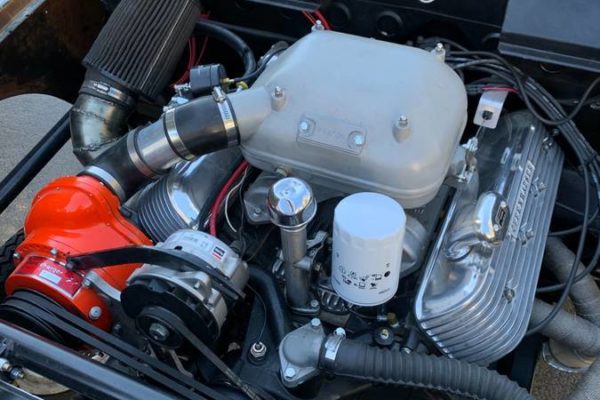

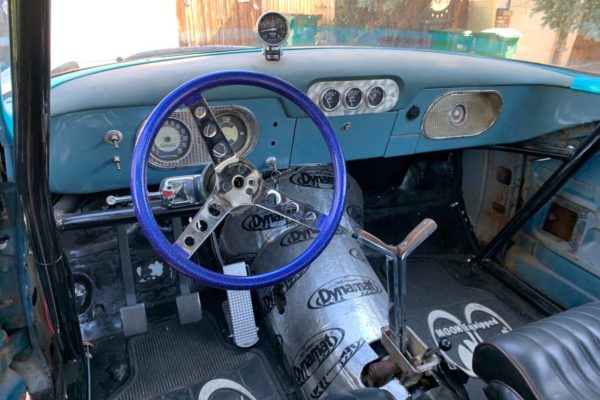
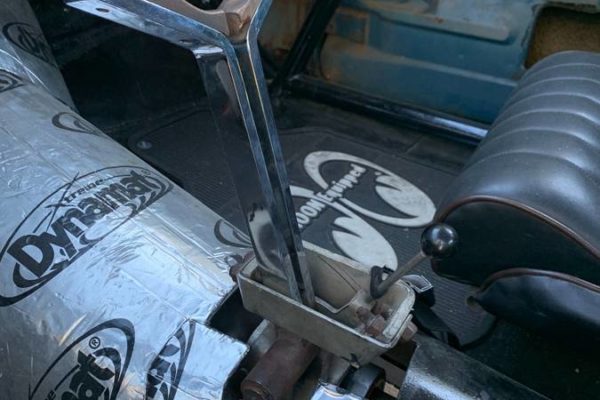
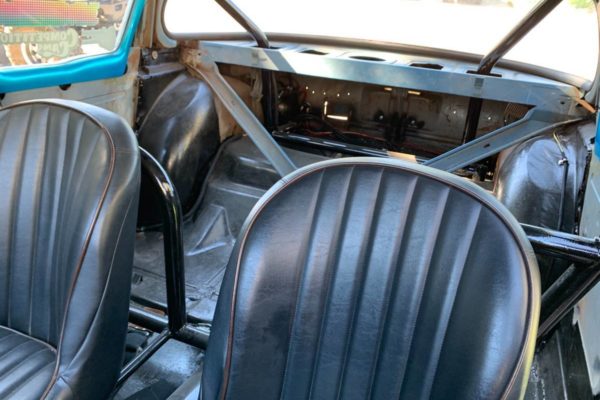
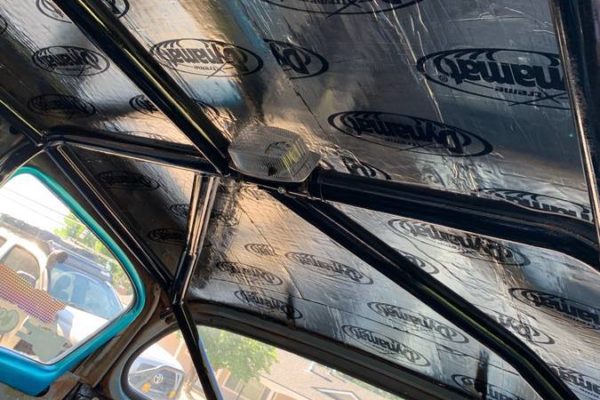
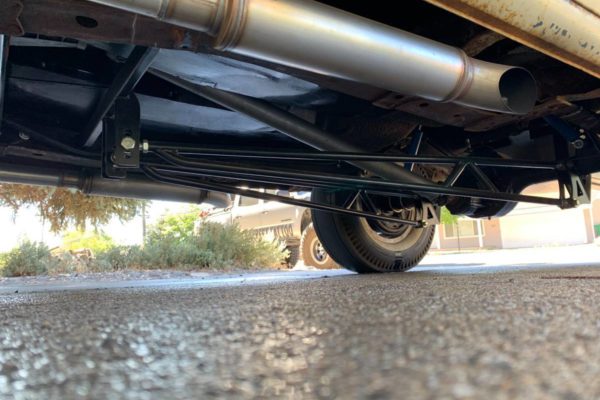
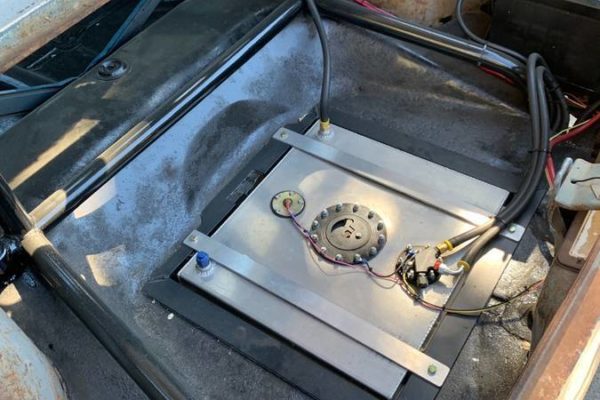

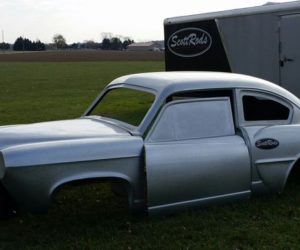
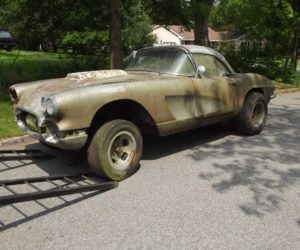
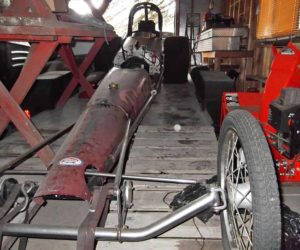
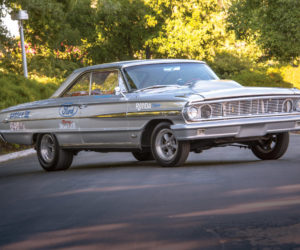




Comments for: 1960 Studebaker Lark Gasser
comments powered by Disqus